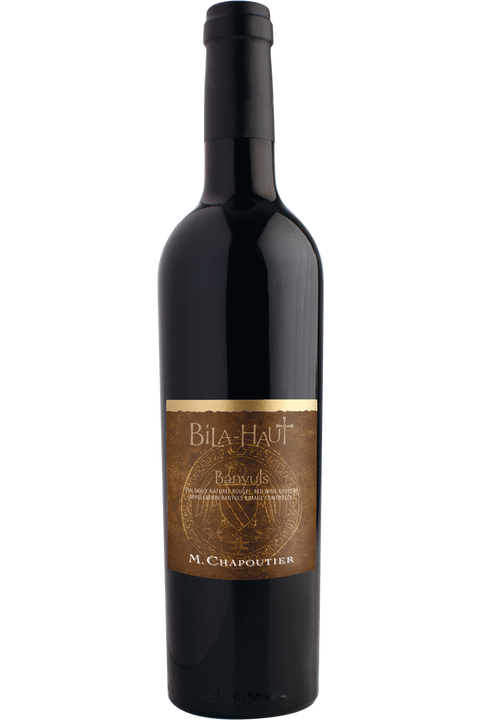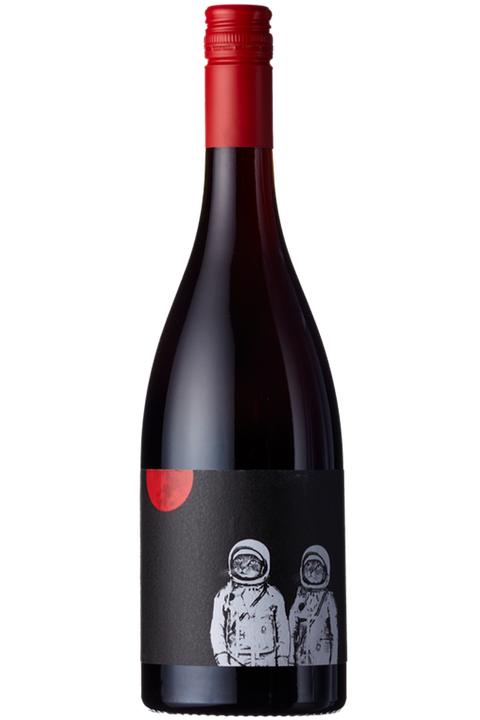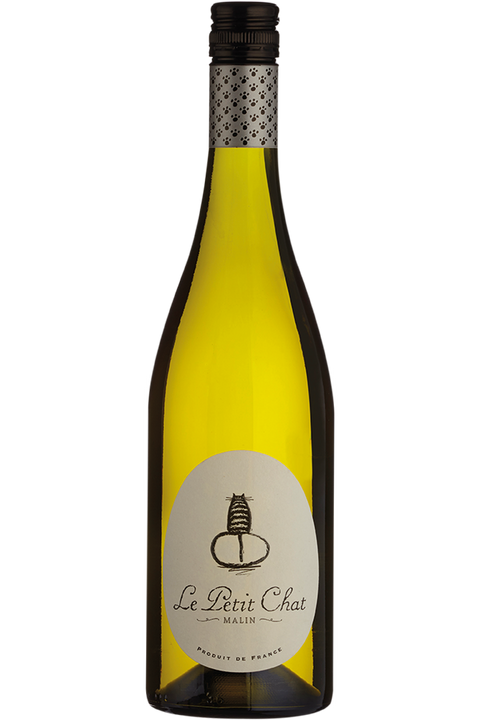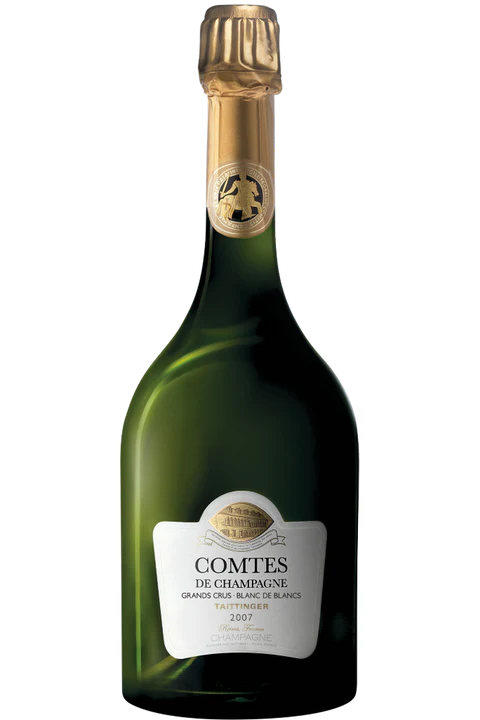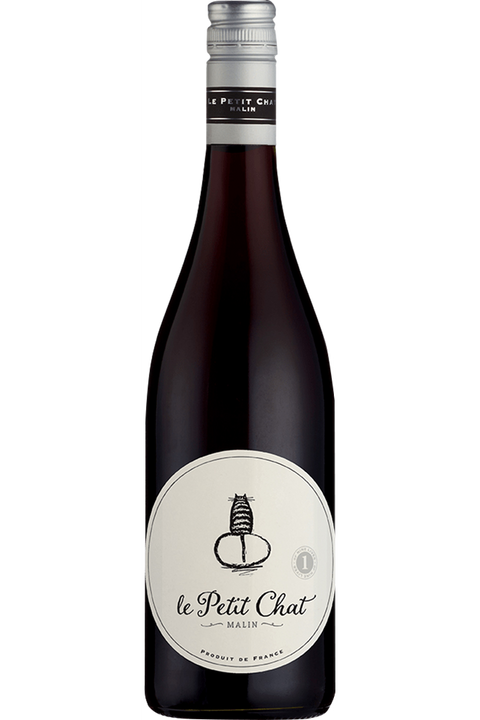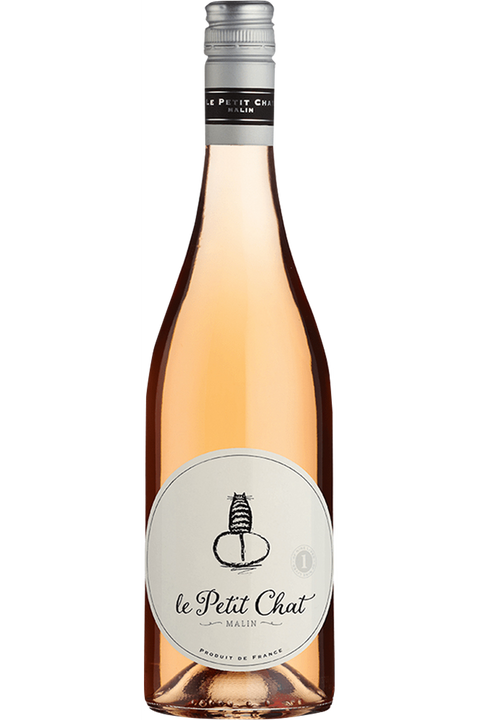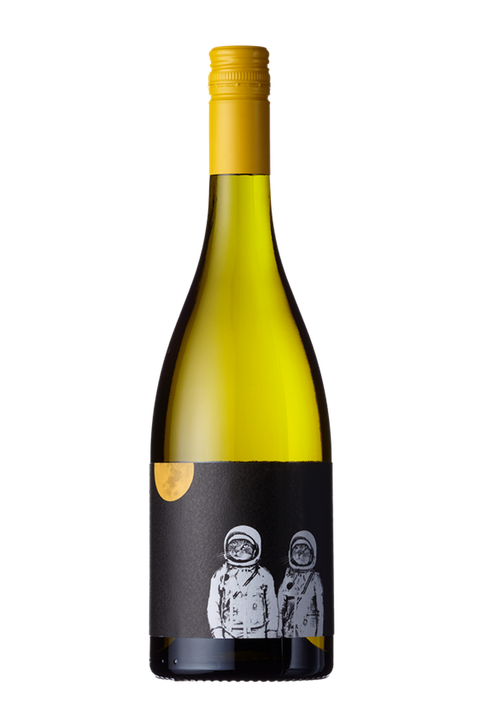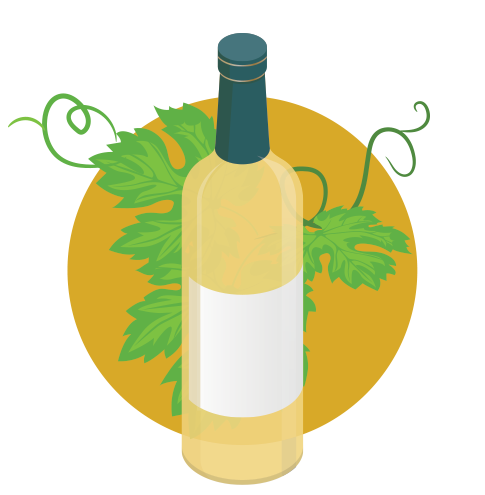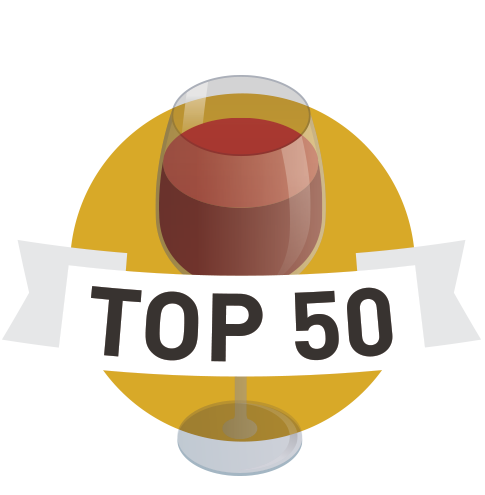Wines of the Languedoc: A Tapestry of Tradition and Innovation
The Languedoc, one of France’s largest and most diverse wine regions, is often overlooked in favor of the more famous wine-producing areas like Bordeaux and Burgundy. Yet, the wines of the Languedoc are increasingly garnering attention for their exceptional quality, range of styles, and affordable prices. Located in the southern part of France, stretching from the Mediterranean coast to the foothills of the Pyrenees, the Languedoc has a rich winemaking history that dates back to Roman times. Over the centuries, this region has evolved into a vibrant hub of wine production, blending ancient traditions with innovative practices to create wines that reflect its unique terroir.
A Rich History of Winemaking
Winemaking in the Languedoc goes back over 2,000 years, and the region's long history is reflected in the diversity of its vineyards. The Romans were among the first to plant vines in the area, recognizing the potential of the Mediterranean climate for grape cultivation. By the Middle Ages, the Languedoc had become a major wine-producing region, and by the 19th century, it was supplying much of France with affordable table wine.
However, the Languedoc’s fortunes shifted in the 20th century. The rise of bulk wine production and the impact of phylloxera devastated many vineyards. In the 1980s, the region began a transformation, with producers focusing on quality over quantity, leading to a renaissance in Languedoc wines. Today, the region is known not only for its abundant production but also for its increasing commitment to sustainability, organic practices, and experimentation with new wine styles.
A Region of Diversity
One of the key characteristics of the Languedoc is its sheer diversity. The region benefits from a variety of climates, soils, and elevations, which results in a wide range of wine styles. From the coastal areas near the Mediterranean, where warm, sunny conditions prevail, to the cooler, higher-altitude vineyards near the Pyrenees, the Languedoc offers wines that range from bold and sun-kissed reds to fresh and crisp whites.
The Côteaux du Languedoc and Corbières are two of the region's most famous appellations, producing wines that are often blends of local grape varieties. Other noteworthy areas include Minervois, Faugères, and Saint-Chinian, each with its own distinct terroir and wine profile. The region is also home to a number of AOC (Appellation d’Origine Contrôlée) regions that produce high-quality wines, including Pic Saint Loup and Terrasses du Larzac.
Key Grape Varieties
The Languedoc is known for its use of both international and indigenous grape varieties. Local varieties, many of which are well-suited to the region’s warm climate, play a crucial role in the wines of the area.
Red Wines
A dominant grape in the Languedoc, Grenache is often used in blends and contributes ripe, juicy fruit flavors, as well as spicy and herbal notes. It thrives in the region’s Mediterranean climate and is often blended with other varieties like Syrah and Mourvèdre.
: Known for its bold, spicy profile, Syrah is another key player in Languedoc red wines. It imparts deep color, rich tannins, and aromas of blackberries, black pepper, and leather. Syrah is commonly used in blends but can also stand alone in certain appellations like Saint-Chinian.
: Mourvèdre is a key component in many blends from the Languedoc, adding structure, tannin, and earthy complexity. It thrives in the hot, dry conditions of the region and contributes flavors of dark fruit, tobacco, and game.
: Once considered a workhorse grape, Carignan has found a renewed sense of purpose in the Languedoc. It brings acidity, freshness, and deep color to blends and is often grown in old-vine vineyards. It is a key component in wines from Corbières and Minervois.
White Wines
: Often referred to as the "muscle" of Languedoc whites, Picpoul is a native grape known for its crisp, zesty acidity and vibrant citrus flavors. It is primarily grown in the Picpoul de Pinet appellation near the Mediterranean coast, making it an excellent companion for seafood dishes.
: While originally from Burgundy, Chardonnay has found a place in the Languedoc, where it produces a range of styles from fresh and fruity to oaked and complex. The cool coastal areas near Limoux produce some of the best examples of Chardonnay in the region.
: This lesser-known grape variety is often used in the production of Languedoc whites and blends. It produces crisp, refreshing wines with citrus and floral notes and is often used in sparkling wines.
: Grenache Blanc is another important grape in the region, often used in blends with other white varieties. It contributes richness and body to the wines, along with aromas of stone fruit, herbs, and subtle spice.
Wine Styles and Innovations
The Languedoc is a region where tradition and innovation coexist. Many producers are committed to organic and biodynamic viticulture, emphasizing sustainability and minimal intervention in the winery. This has led to the production of wines with a strong sense of place, often reflecting the terroir in strikingly pure and vibrant ways.
The Languedoc has also become known for its experimentation with non-traditional wine styles. Some winemakers are embracing natural wines, while others are exploring sparkling wines. The region’s cool, high-altitude areas, such as Limoux, are particularly well-suited to the production of sparkling wines, especially Crémant de Limoux, which has a history that dates back to the 16th century. Crémant de Limoux is a traditional method sparkling wine made primarily from Chardonnay and Chenin Blanc, offering crisp bubbles and fresh fruit flavors.
The Rise of Languedoc Cru Wines
The Languedoc is home to a growing number of crus (the French term for top-tier vineyards), which are gaining recognition for their exceptional quality. These wines come from specific areas within the Languedoc, often with stricter regulations than the broader regional AOC wines. The Terrasses du Larzac, Minervois La Livinière, and Faugères are all considered Languedoc crus, where winemakers focus on expressing the distinctiveness of the local terroir in their wines.
These crus are often blends of different grape varieties, carefully crafted to showcase the complexity of the land. Wines from these areas are characterized by their depth, concentration, and aging potential, making them highly sought after by collectors and connoisseurs.
Food Pairing with Languedoc Wines
The wines of the Languedoc are incredibly food-friendly, thanks to their balance, structure, and range of styles. Here are some tips for pairing Languedoc wines with food:
Red wines like those from Corbières, Minervois, or Saint-Chinian pair wonderfully with grilled meats, lamb, cassoulet (a traditional bean stew), and spicy dishes.
Picpoul is a perfect match for seafood, especially oysters, shellfish, and Mediterranean fish dishes.
Chardonnay and other white wines from Limoux or the Coteaux du Languedoc complement poultry, creamy pasta dishes, and roasted vegetables.
Conclusion
The wines of the Languedoc offer something for every wine lover, from bold, full-bodied reds to crisp, refreshing whites and sparkling wines. With its long winemaking history, commitment to innovation, and diverse terroir, the Languedoc is a region that continues to evolve, producing wines that showcase both tradition and forward-thinking practices. Whether you are new to the region or a seasoned enthusiast, the wines of the Languedoc are well worth exploring for their quality, variety, and remarkable value.
